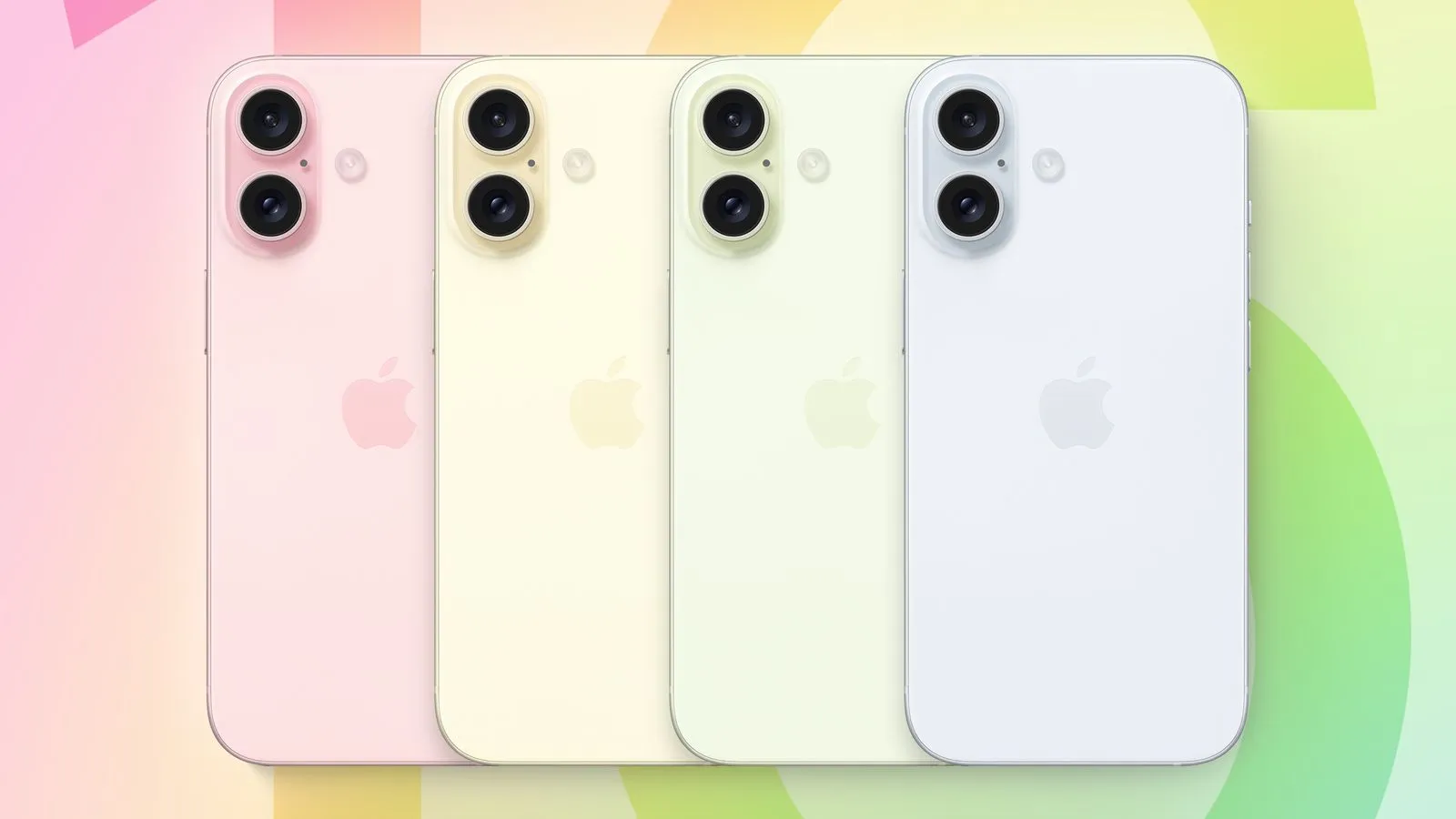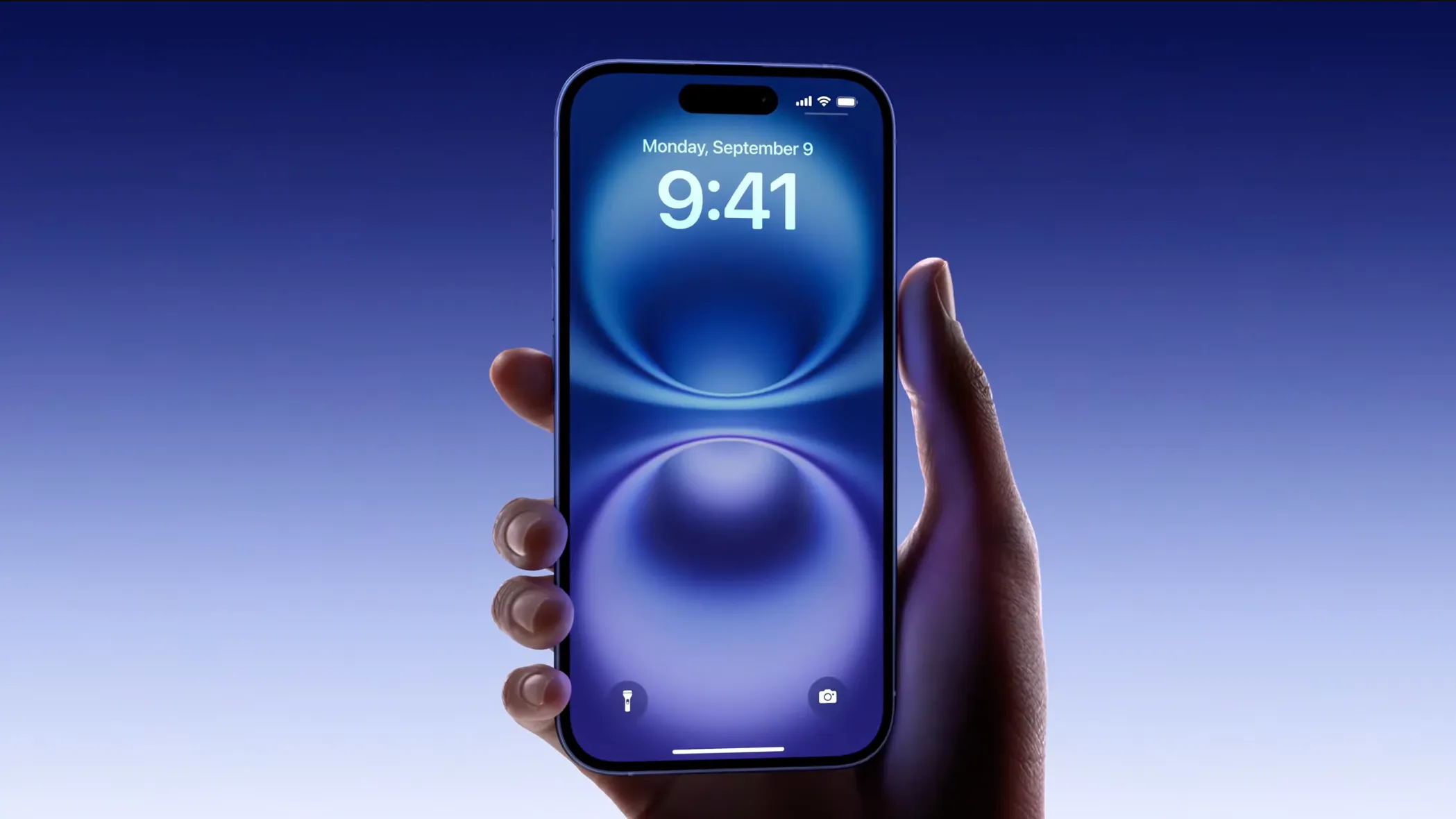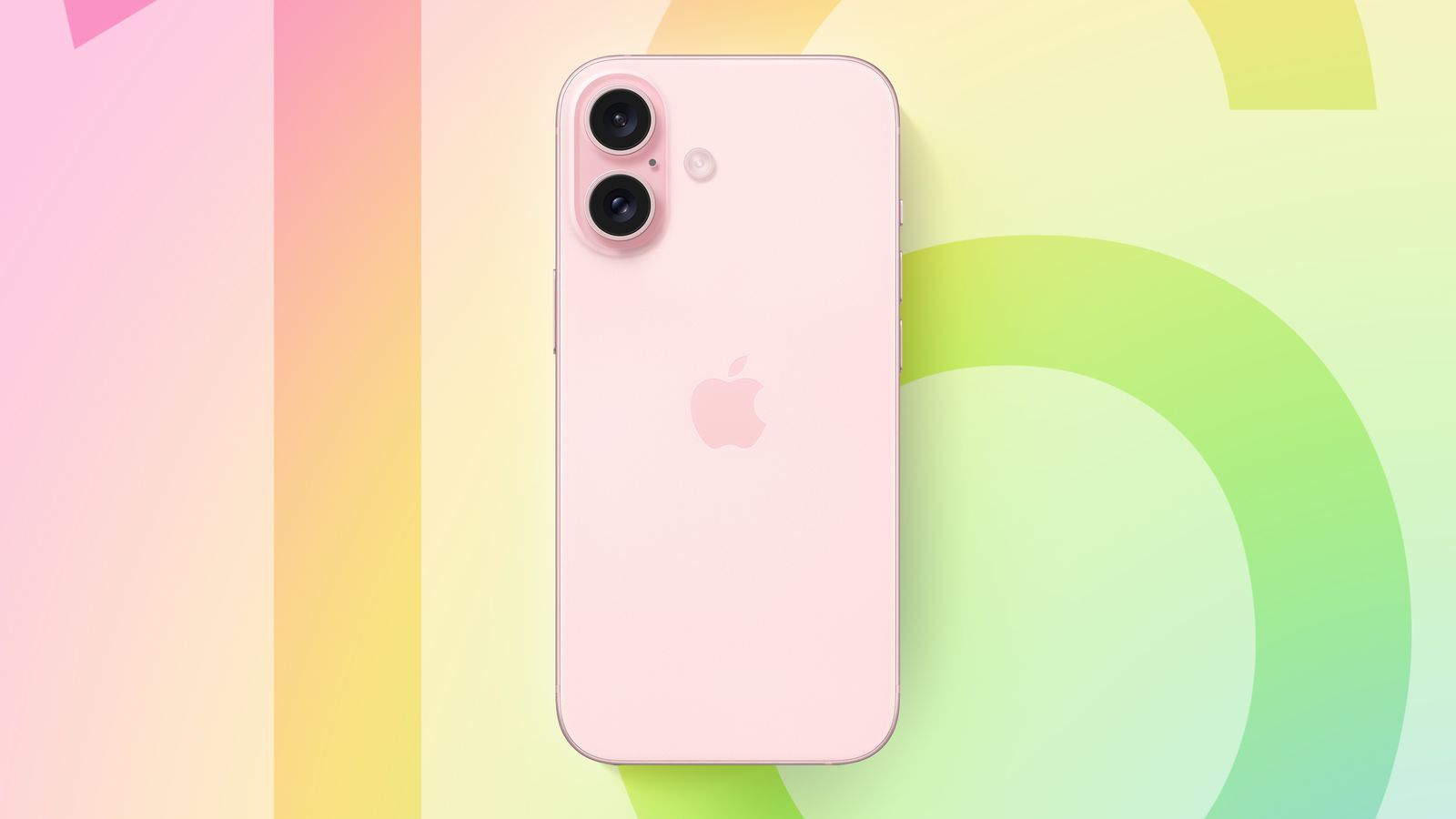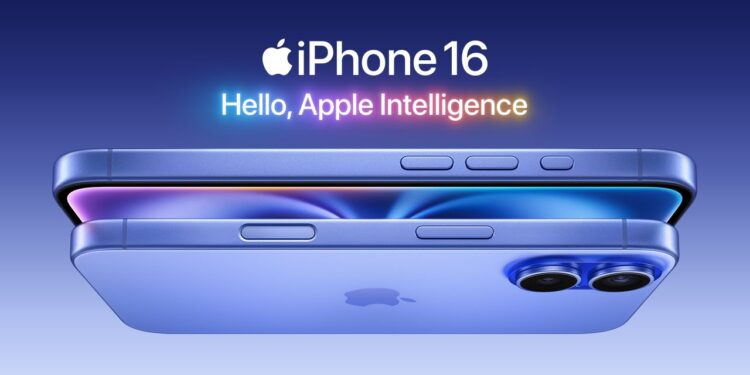As Apple releases its iPhone 16 line on September 20, the buzz isn’t just about the hardware upgrades that traditionally ignite consumer excitement. This year, the spotlight shifts to a new protagonist: Apple Intelligence, a generative AI-powered software platform poised to redefine user interaction. Despite its staggered release, with U.S. English users receiving updates from October, Apple’s commitment is clear—the future lies in AI.
Apple CEO Tim Cook emphasizes that the iPhone 16 is the first model designed “from the ground up” with Apple Intelligence in mind, signalling a robust integration of AI into the user experience. Wall Street echoes this sentiment, with analysts from Morgan Stanley and Wedbush highlighting the platform’s potential to spur a new wave of upgrades from users clinging to older iPhone models.

Transforming the User Experience: The Long-term Vision of Apple Intelligence
Apple’s unveiling of the iPhone 16 at its launch event on September 9 was more than just another product rollout. It marked the beginning of what Apple sees as a long-term transformation in the smartphone industry, driven by its AI innovations. As Nabila Popal, senior research director at IDC, noted, “Apple Intelligence will eventually change the smartphone user experience completely, akin to the seismic shifts brought about by the first iPhone.”
A Glimpse into AI-Powered Features
During the keynote, Apple showcased several features of Apple Intelligence that are set to revolutionize the way users interact with their devices. These include AI-driven summarizations for notifications and emails, advanced writing tools for document editing, sophisticated photo editing capabilities, and even the ability to record and transcribe notes and phone calls. Such features are not just enhancements but are foundational to creating a more intuitive and engaging user interface.

The Competitive Edge: Apple vs. Google and Samsung
While Google and Samsung have introduced similar AI functionalities in their devices, Apple’s strategy differs significantly. The company is not merely adding features but is architecting a comprehensive AI ecosystem that starts with the iPhone 16. This approach not only differentiates Apple from its competitors but also sets a new standard for what consumers should expect from their mobile devices.

With Apple Intelligence, Apple is not just making a bet on a new feature but is investing in a paradigm shift for its entire product line. The gradual rollout reflects a thoughtful approach to integration, ensuring that users’ first interactions with AI are more than just satisfactory—they are transformative. Apple’s vision is clear: to not only continue leading in technology innovation but to redefine the consumer electronics landscape through AI. As the tech industry watches closely, the success of Apple Intelligence could very well dictate the future trajectories of mobile technology.










